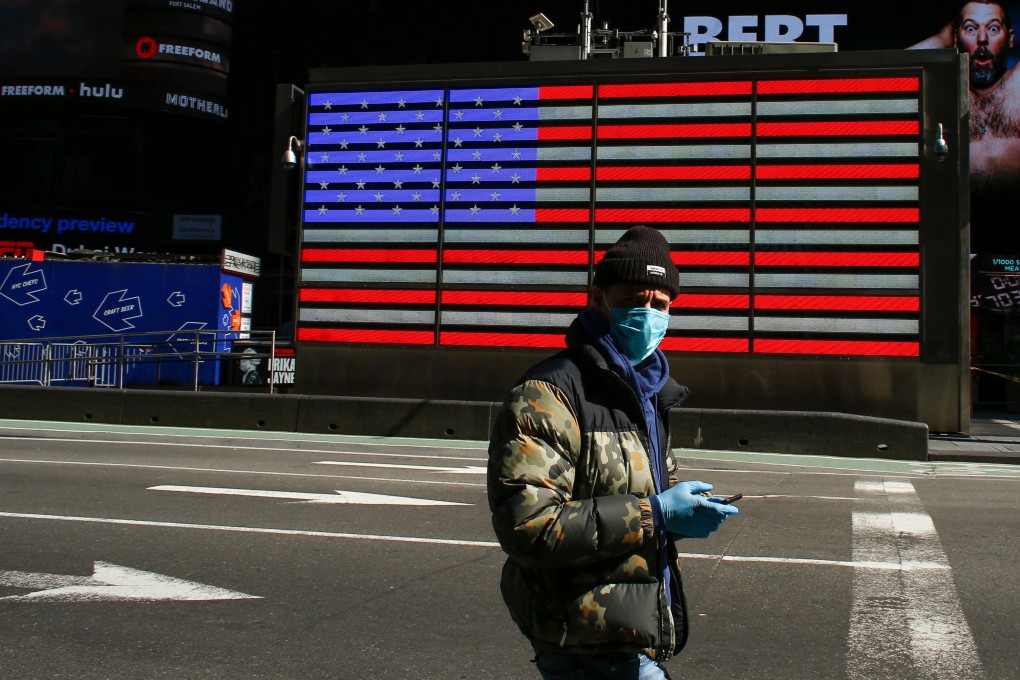Advertisement
Opinion | Why America’s growing antagonism towards China can be traced to the US media
- The shift in sentiment towards China is partly rooted in ideological polarisation, which has impeded US leaders’ ability to govern effectively
- Back when voters shared the same facts, politicians could appeal to the ‘median voter’. But the fragmenting of the US media landscape has changed the picture
Reading Time:4 minutes
Why you can trust SCMP
47

Last month, the US Senate Foreign Relations Committee officially backed the Strategic Competition Act of 2021, which labels China a strategic competitor in a number of areas, including trade, technology and security.
Advertisement
Given bipartisan support – exceedingly rare in the United States nowadays – Congress is likely to pass the bill, and President Joe Biden will sign it. With that, America’s antagonism towards China would effectively become enshrined in US law.
The act purports to highlight China’s supposed “malign behaviour”, to attain an “unfair economic advantage” and the “deference” of other countries to “its political and strategic objectives”. In truth, the bill says a lot more about the US itself – little of it flattering – than it does about China.
The US used to take a sanguine view of China’s economic development, recognising the lucrative opportunities that it represented. Even after China’s emergence as a political and economic powerhouse, successive US administrations generally regarded China as a strategic partner, rather than a competitor.
But in the past few years, the view of China as a strategic rival has taken over the American political mainstream, with leaders largely choosing confrontation over cooperation. Two features of this shift stand out: how quickly it occurred, and the extent to which Americans – and their leaders – have united behind it.
Ironically, the problem is partly rooted in extreme ideological polarisation, which has impeded US political leaders’ ability to govern effectively and minimise the social costs of structural transformation in the age of globalisation and digitalisation. These failures fuelled popular frustration and social tensions, creating fertile ground for former president Donald Trump’s populist “America first” campaign.

Advertisement
